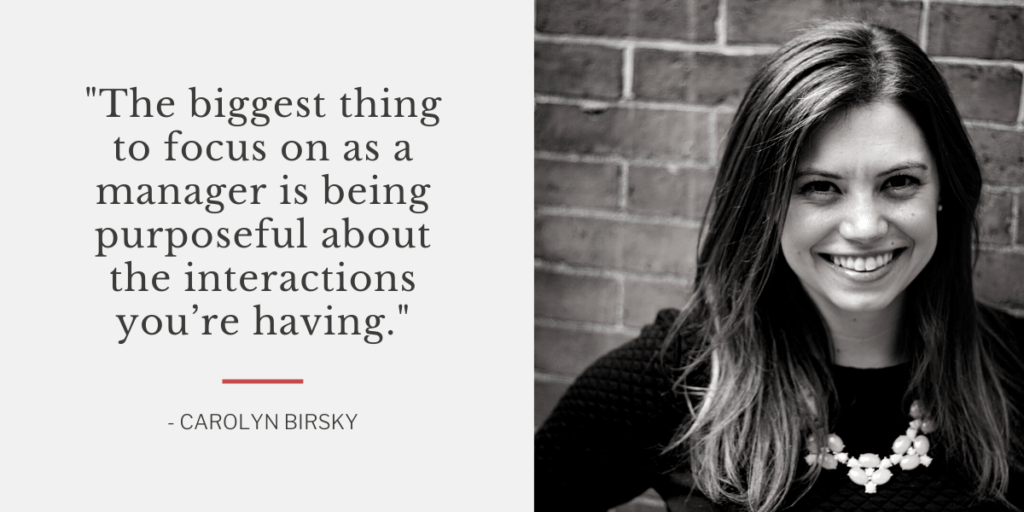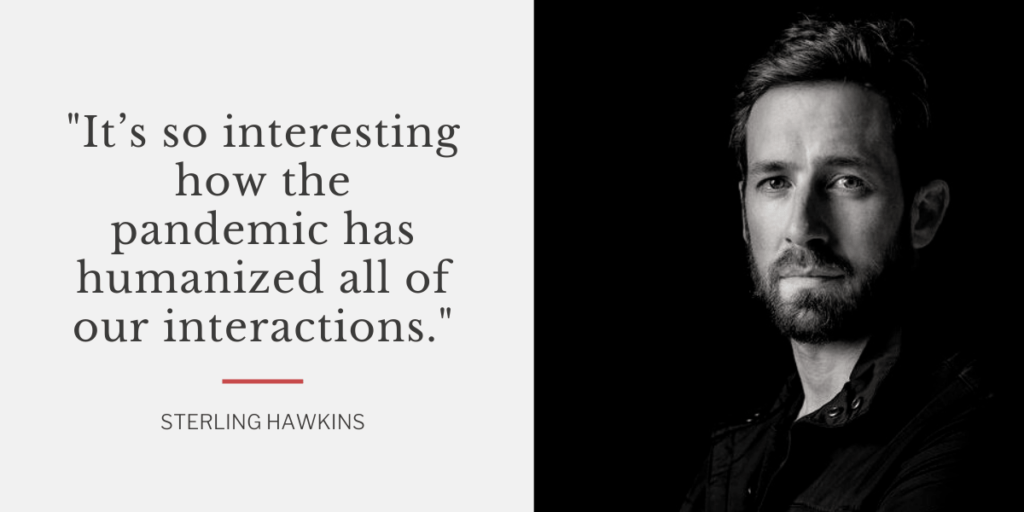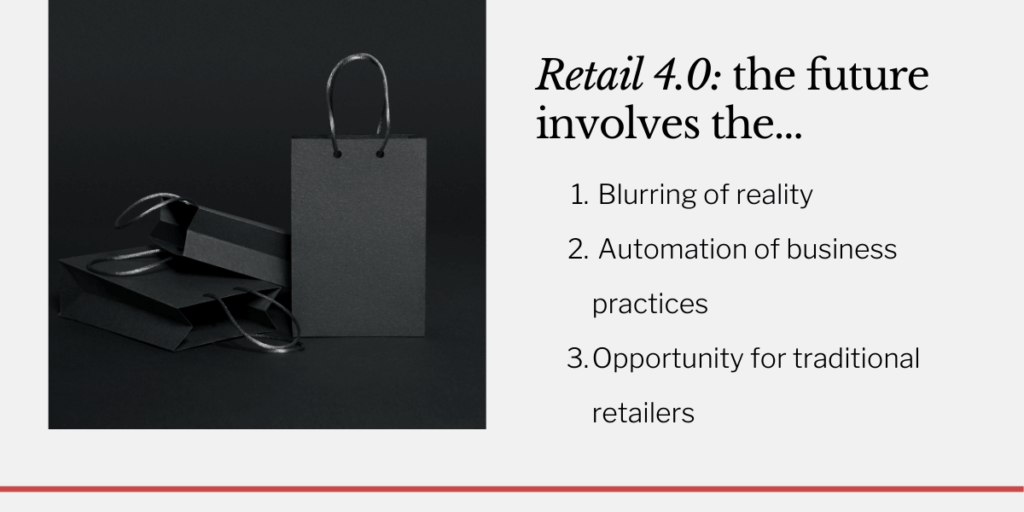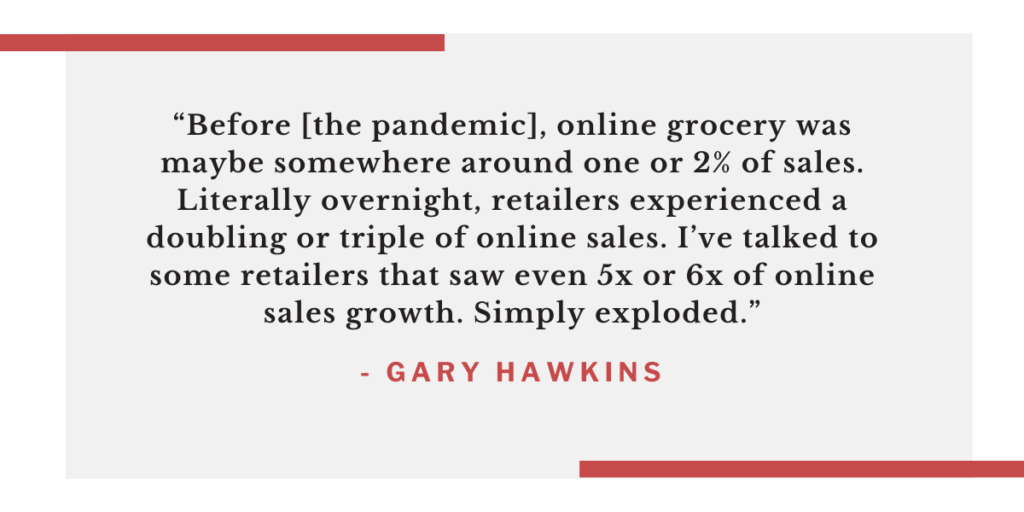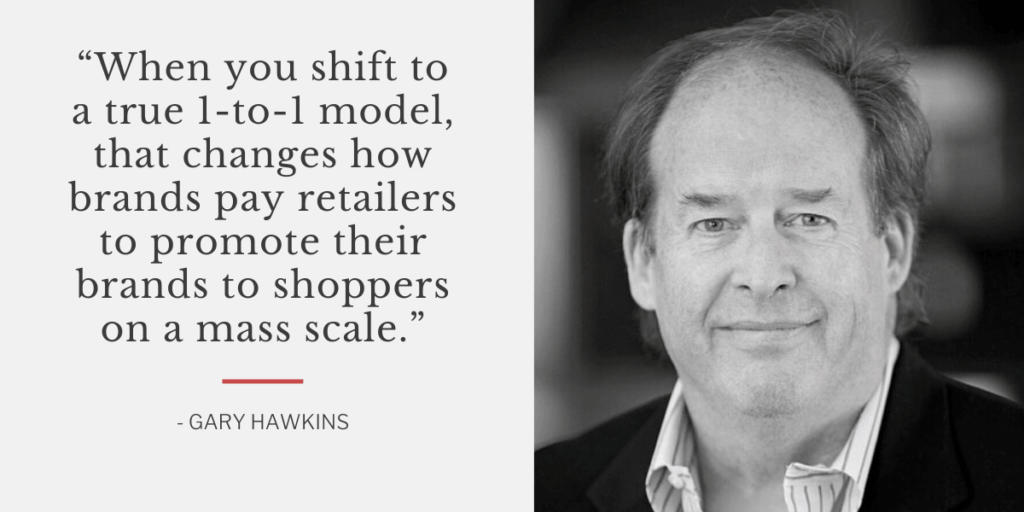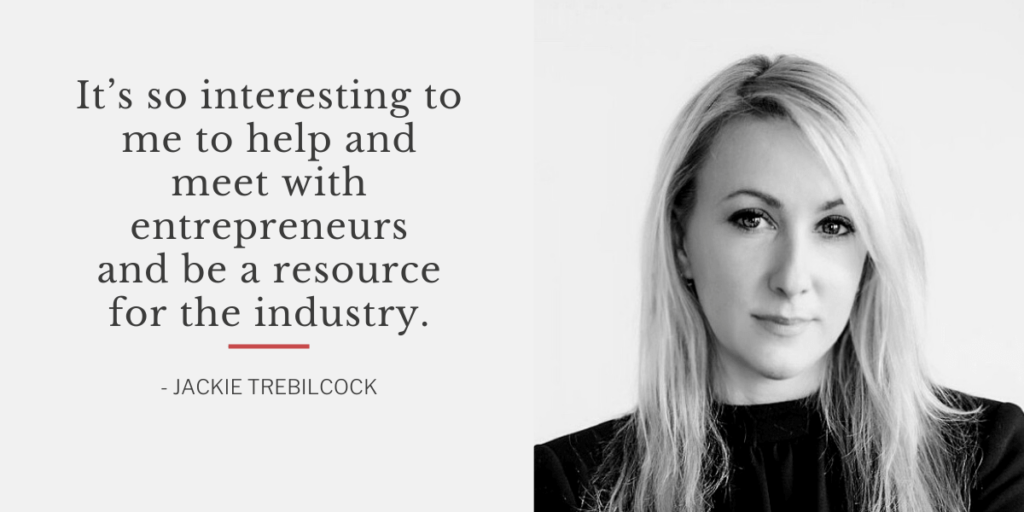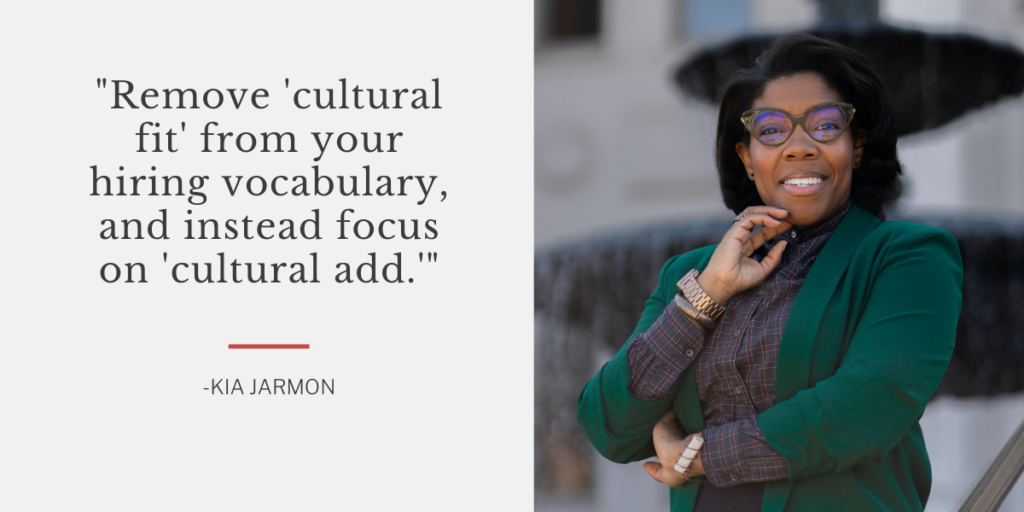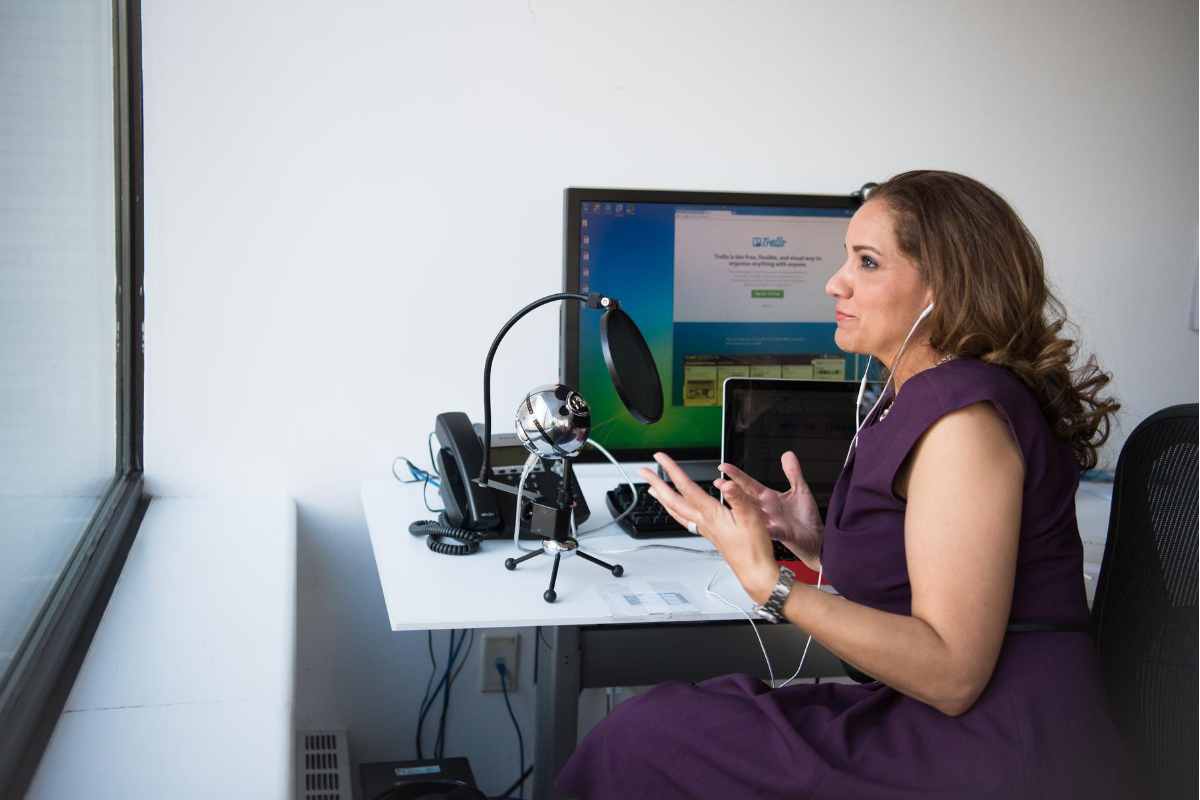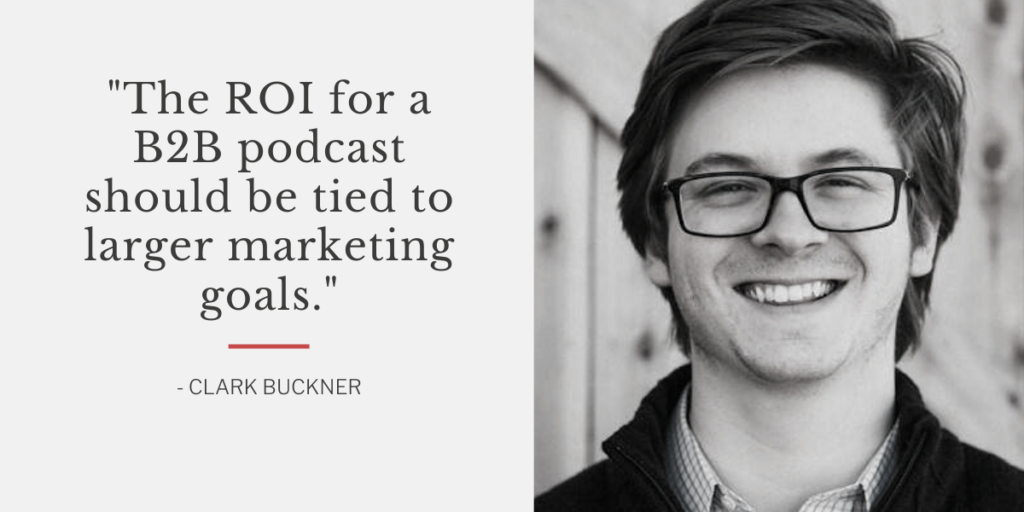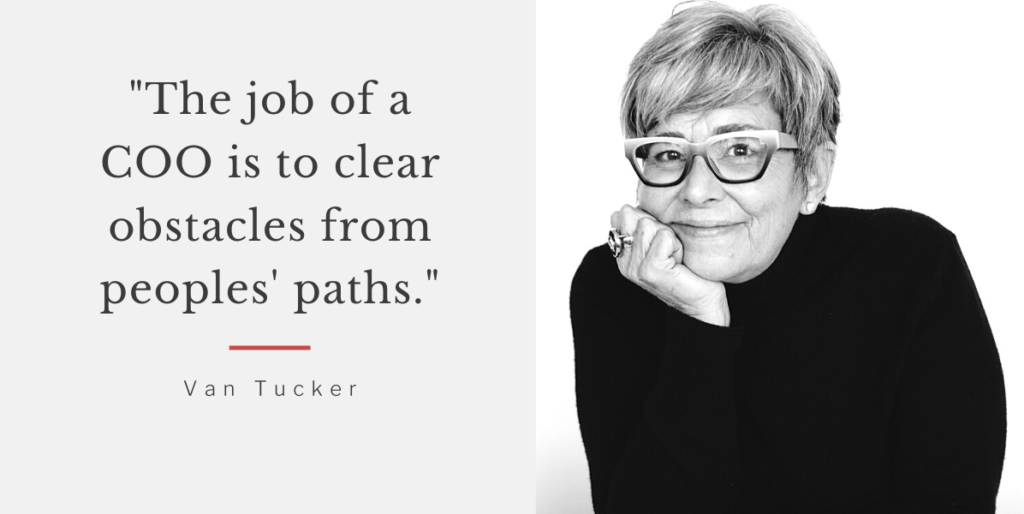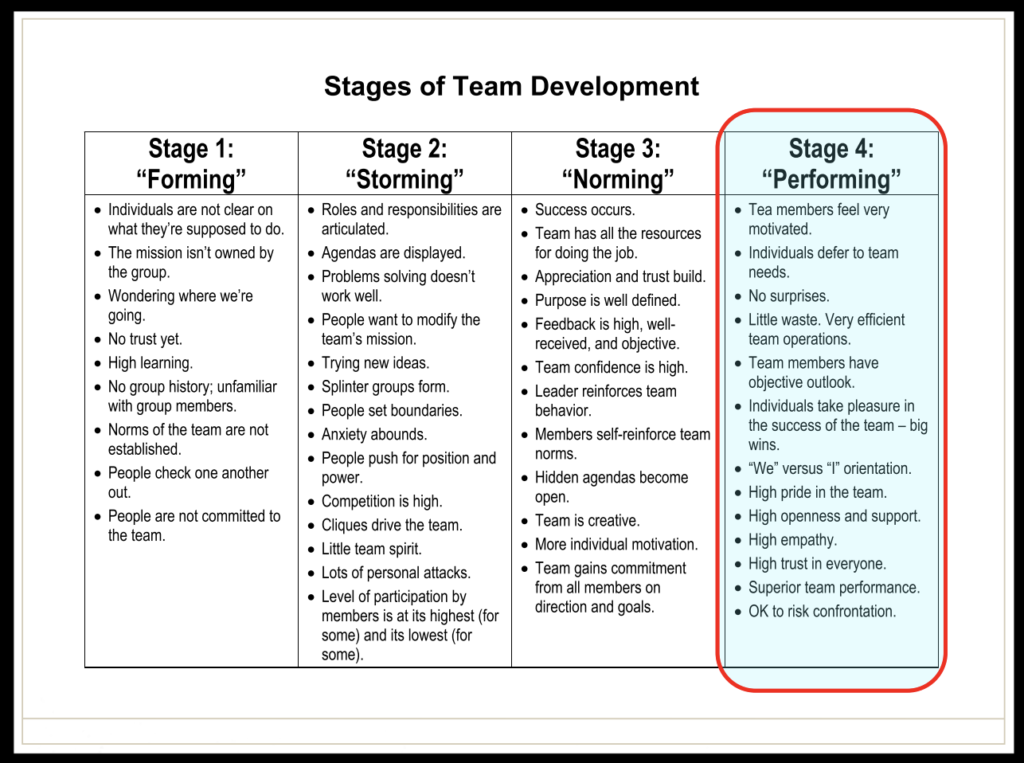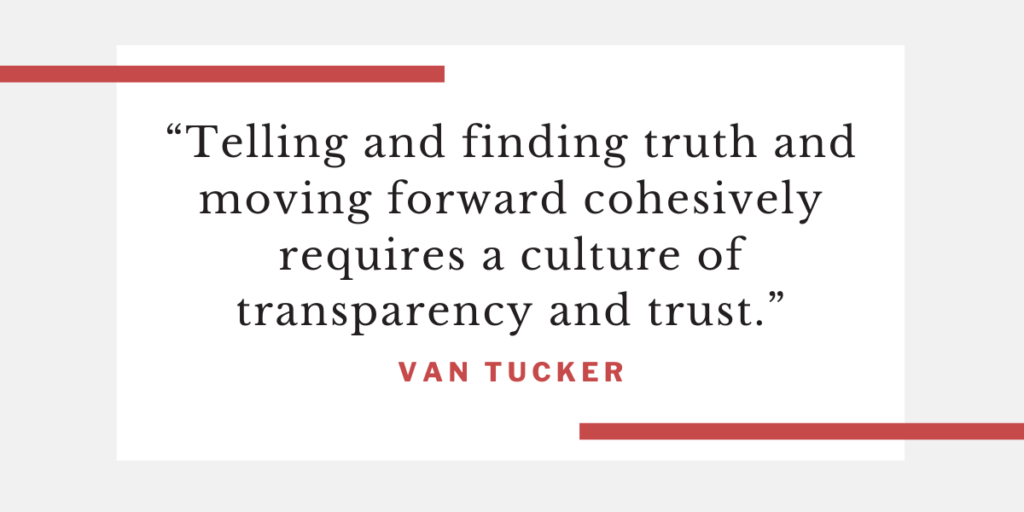For the first KG Connects of the year, we were delighted to have Tameka Vasquez — strategist, educator and futurist — join Catherine Seeds to discuss the importance of being what Tameka calls, “stewards to the future.”
In her day job, Tameka serves as a global marketing leader at Genpact. She also just recently jumped back into the world of academia as an assistant professor at St. John’s University in New York. She started her work in futurism because, as she describes, “everything in the world is just made up, and we have the power to make up something else.”
Read a summary of the webinar below, or if you’d like, watch the full webinar on-demand through Zoom.
What is a steward to the future?
Tameka often uses the phrase, “steward to the future.” To her, it’s a literal phrase.
She explained that a steward is a person who takes care of passengers on planes or cruise ships during their trip. The same concept applies to marketing, according to her, marketers need to think, “how do we use [marketing] to navigate people from the point of where they are today to the future?”
A futuristic remix on the four Ps of marketing
Most marketers know the four Ps of marketing — place, price, product and promotion — as well as how important this is for organizations. However, in future-work, Tameka takes a different approach to this classic method.
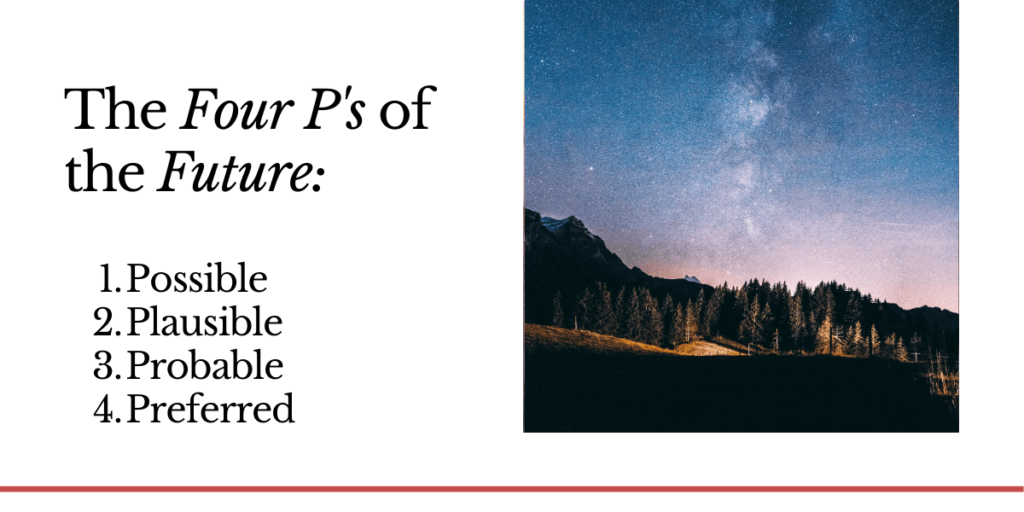
She puts forth the following:
- Possible: what is something that can reasonably happen?
- Plausible: what is feasible given what we know right now?
- Probable: what is likely to happen?
- Preferred: what fits expectations and ambitions?
She stated the importance of these future four P’s, especially for marketers, because, “there is a high degree of uncertainty and there are a lot of contextual instances where you have to apply these four p’s.”
Applying futuristic thinking to marketing plans
As part of her work as a futurist, Tameka has to think, “What does it mean when we say the future?” She continued, “that could be 2021, it could be 2030. Whatever that marker of time is, you can then decide what the story that you want to tell about the future is. How do we use the attention that we have in the moment to give people a view of the future?”

Using 2020 as an example, she described how we needed to meet the moment by educating people on COVID-19 best practices while also thinking about how current events allow individuals and organizations to reimagine what the future could be.
“If 2030 was a time where certain things were possible, 2020 probably accelerated that path where we now need to think about those things far more intentionally,” she explained.
Getting comfortable with discomfort
The future means change, and change is very uncomfortable for many. Especially when those changes run counter to organizational planning. Tameka says that while strategic planning is never really going to go away, we can factor change into our planning easier than we could in the past.
She said that, “we have the capability to be social listeners in a way that we just hadn’t historically. While you’re in this space of planning, you also need to be in a space of listening.”
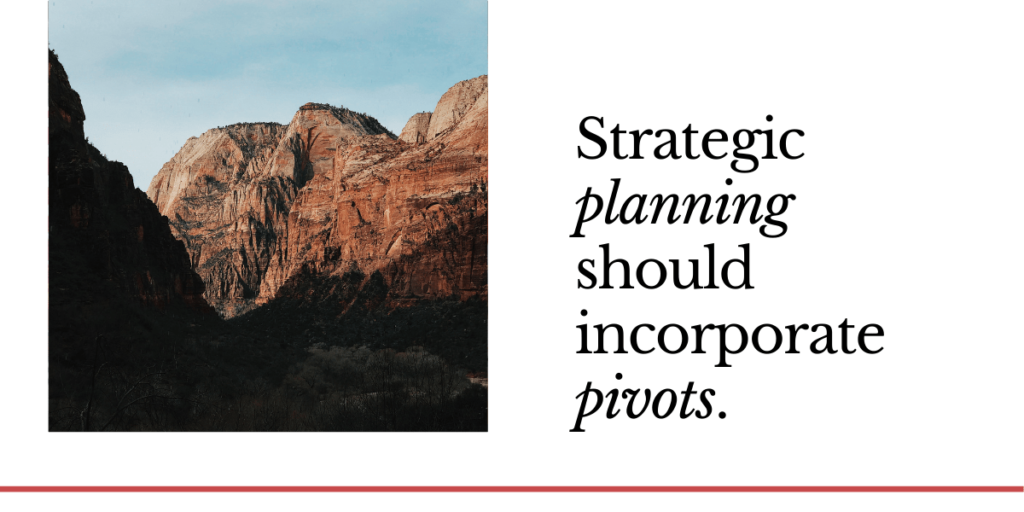
When it comes to meeting business goals, Tameka explained that it’s still possible to apply futurist thinking. The trick is to focus on KPIs while, “making slight pivots. The plan doesn’t get thrown out the window, you’re slightly shifting.”
Learning more about futurism
Futurist thinking isn’t the easiest to jump into. Tameka’s preferred method for learning is to look at what brands are doing beyond the product or service.
“I really want people to look at how certain companies have captured the moment and how they’ve used the sentiment of the time to better position themselves,” Tameka said.
She used the example of how Twitter has been able to respond to the moment where trust and transparency are critical. She said that Twitter has been creating features that improve transparency, such as flagging questionable information. This does two key things simultaneously: it demonstrates Twitter is rising to the moment while also showing what a future of transparency might look like.
Tameka also shared some great beginner resources:
- Prescient2050: Free resources that will help get you started learning and using the tools of strategic foresight and shaping your future.
- Brookings Events: A nonprofit that conducts in-depth research that leads to new ideas for solving problems.
- Futures Festival: An event that highlights principles of inclusion, plurality, and collective participation as a means to how we can move toward challenging the status quo and move toward preferable shared futures.
Want to keep talking future?
There is a lot to discuss when it comes to futurism. If you want to keep the conversation going, reach out to Tameka on her website, follow her on Twitter or connect with her on LinkedIn. Reminder: if you want all the insights from the webinar, you can watch it on demand.

Join us for our March webinar to discuss B2B content!
KG Connects is moving to a bimonthly schedule for 2021. Join us in March for a discussion on how to create B2B content that puts Netflix to shame. Sign up for free.



